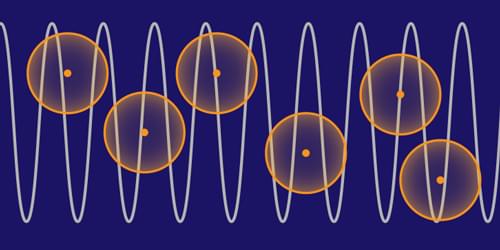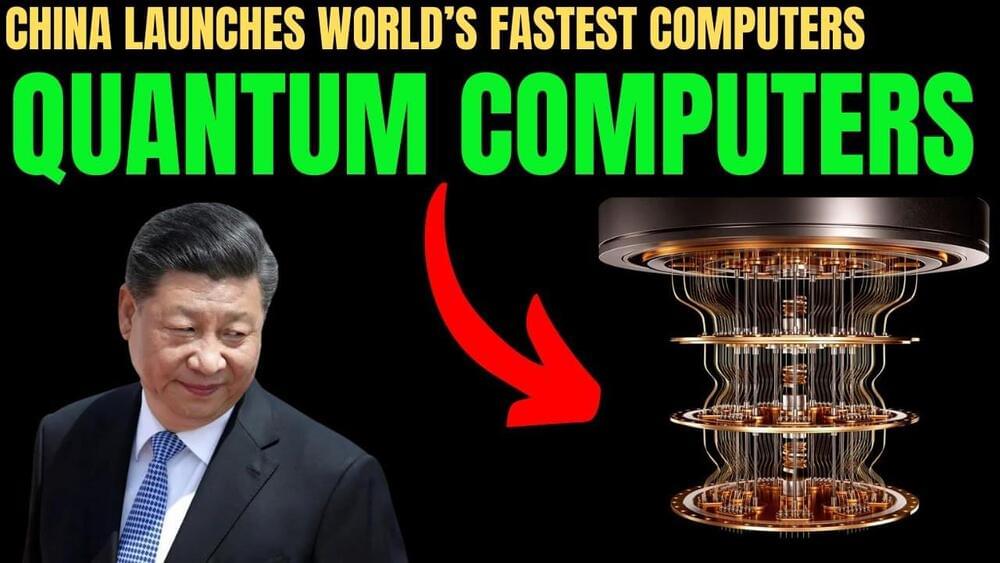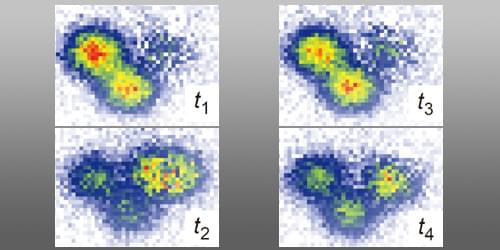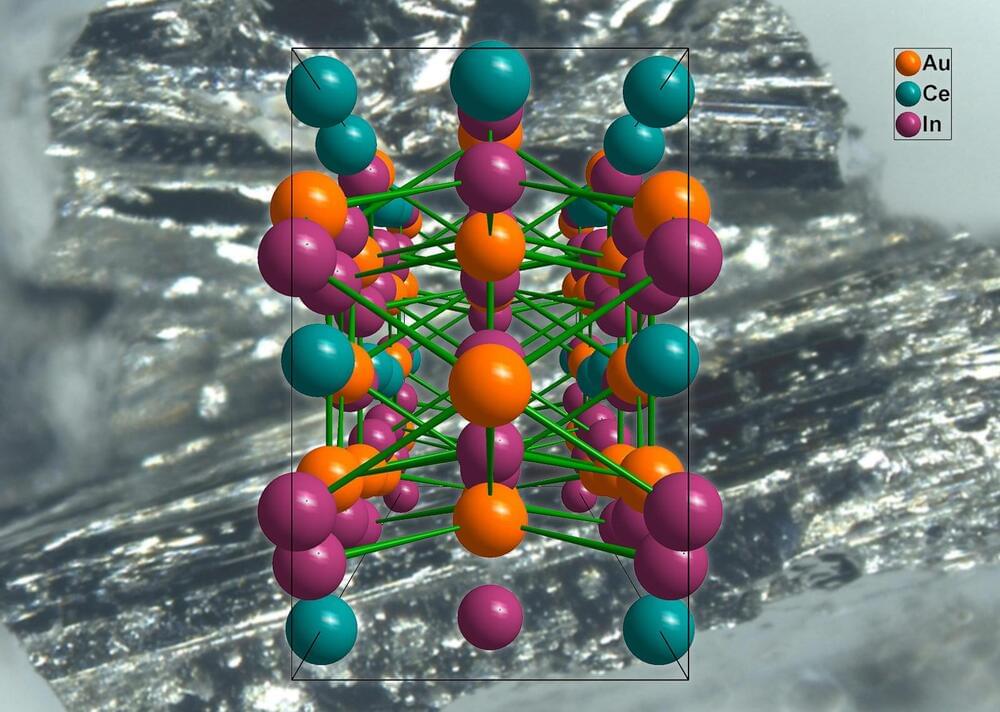
Researchers have demonstrated that a solid can exhibit an enhanced nonlinear optical phenomenon usually seen only in cold atomic gases.
Among the benefits brought about by the invention of the laser in the 1960s is the ability to generate light at an intensity great enough to produce nonlinear optical effects. Such nonlinear effects have entered daily use in applications that include infrared-to-visible-light wavelength conversion (in a green laser pointer, for example) and two-photon excitation (in fluorescence microscopes for observing biological living tissue). Now Corentin Morin of the École Normale Supérieure in Paris and colleagues address a third-order nonlinear process called the Kerr effect, which manifests as a change in a material’s refractive index when it is illuminated with light of different intensities [1]. The researchers demonstrate a giant Kerr nonlinearity in a solid, a state of matter that has, until now, exhibited only a weak Kerr effect. The result implies the possibility of scalable nonlinear quantum optics without the need of cold atoms in high vacuum.
The key to the discovery by Morin and colleagues is a quasiparticle called a Rydberg exciton, the understanding of which rests on two concepts. The first concept is the Rydberg series, which is the discrete energy-level structure available to an atom’s outermost electron, and which is indexed by the principal quantum number n. A high-lying Rydberg state has a large n and exhibits properties such as a large electron orbital radius, a long lifetime, and a large dipole moment, all of which are missing in the ground state. The second concept is a hydrogen-atom-like quasiparticle called an exciton—a negatively charged electron, photoexcited across a semiconductor’s band gap, Coulomb-bound to a positively charged hole left in the valence band.


















